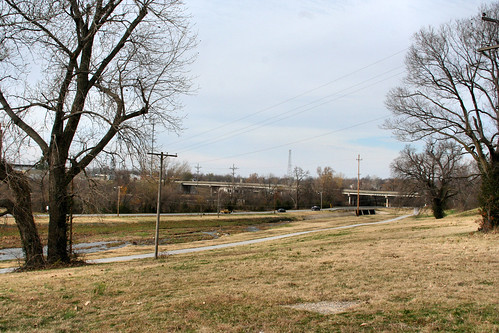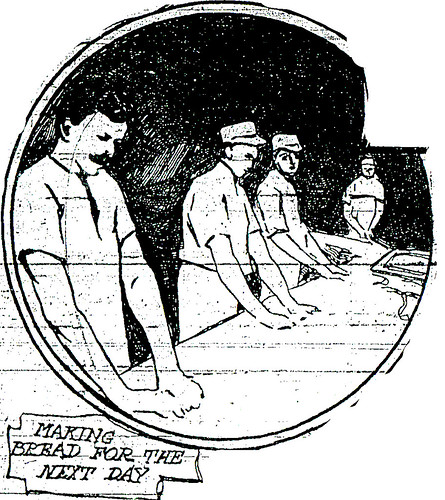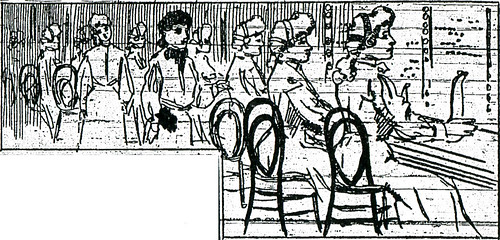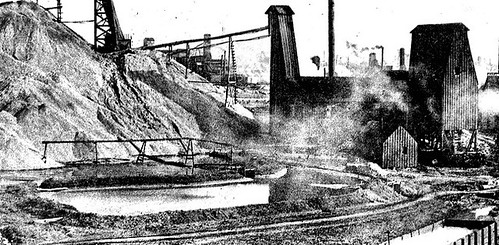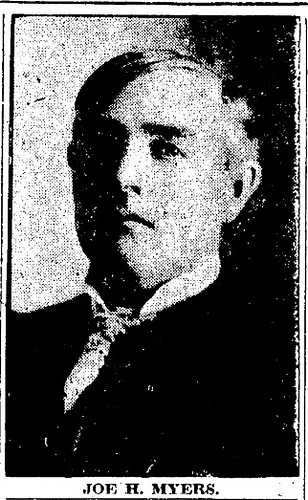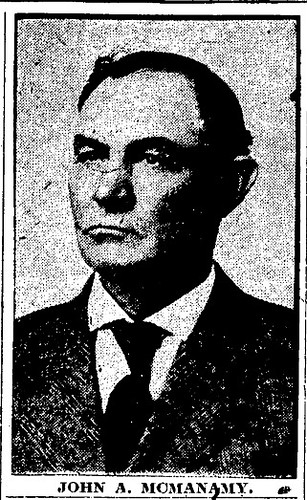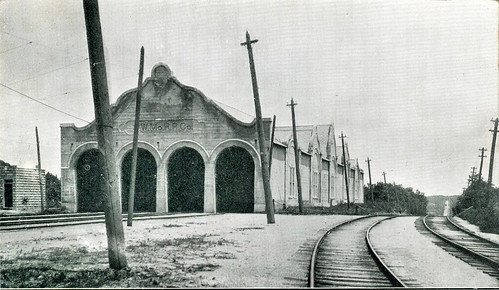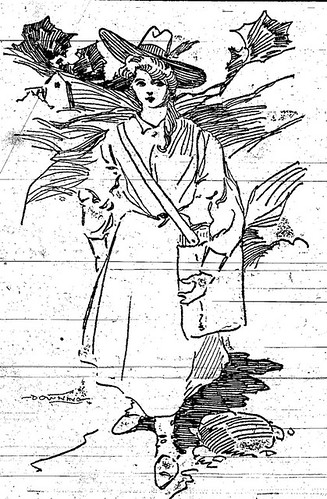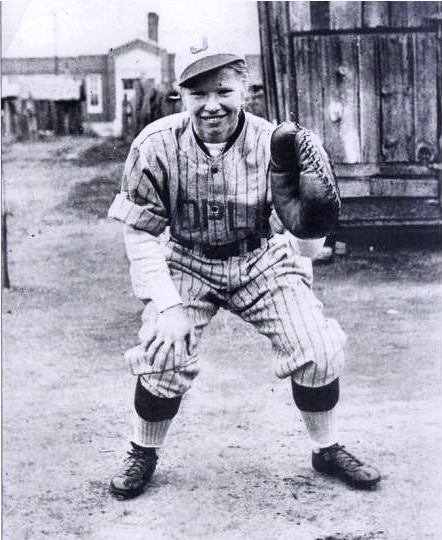Along the streets of North Joplin, one can still find stately homes interspersed alongside modest bungalows, reminders of a bygone era. At 516 North Wall Street stands one of Joplin’s oldest surviving homes, Cragin Mansion. The mansion was built in the 1880s by Eber Alonzo “Lon” Cragin, a native of Vermont who became a successful attorney in Iowa, and later retired to Joplin. Cragin’s son, John A. Cragin, subsequently relocated to Joplin, intrigued by the business opportunities to found in the mining boom town. John A. Cragin soon found his niche, helping establish the First National Bank of Joplin. Both he and his wife Minnie became respected members of local society. Minnie was well known for her gracious hospitality.
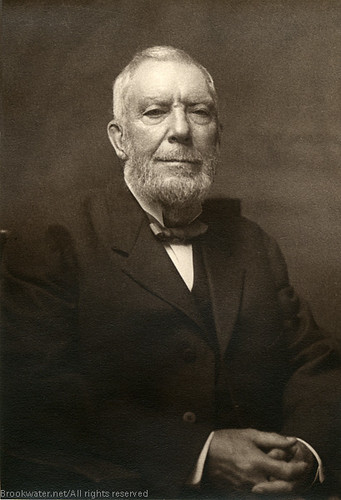
Eber Alonzo “Lon” Cragin, the first Cragin to arrive in Joplin and builder of the Cragin Mansion.
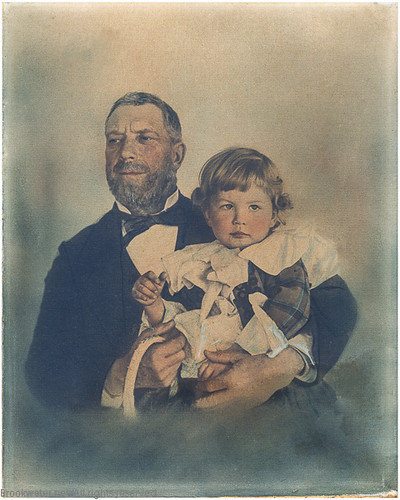
Lon Cragin and grandson, John Howard Cragin.
The Cragins became even further firmly intertwined in the fabric of Joplin society when John A. Cragin’s sister Susan married Peter Christman of Christman Department Store fame. According to family lore, John A. Cragin was a silent partner in his brother-in-law’s business. The Christmans lived in the handsome mansion with both the Lon and John A. Cragin families in a multigenerational family household. Peter and Susan Christman, although childless, helped raise their nephew, John Harold Cragin.
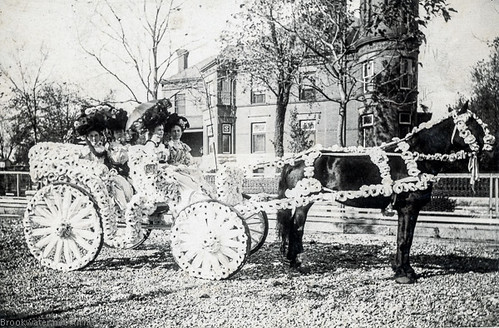
Flower Parade in front of the Schifferdecker House with Minnie Pease Cragin (wife of John A. Cragin), seated on the left side of the front seat.
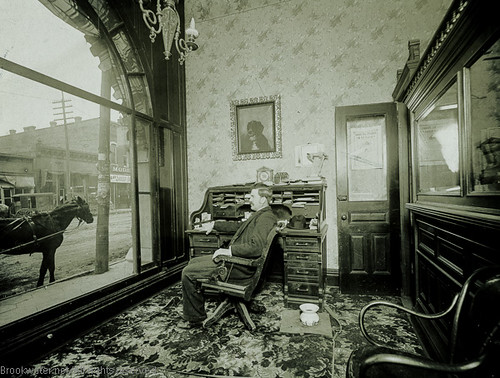
John A. Cragin, started as a cashier at the First National Bank and eventually became president.
In 1912, eighty-two-year-old Lon Cragin fell while raking leaves and passed away. After his son John A. Cragin died in 1924, Lon’s grandson John Harold Cragin moved into the family home. The young Cragin followed his family into business and finance, making a fortune in stocks before the Great Depression plunged him into debt, which, according to the family, he repaid and still managed to retain ownership of the family mansion. Despite the family facing serious financial challenges at a time of great uncertainty, Cragin’s cook Anna Bland always fed unemployed men who knocked on the back door of the mansion searching for a meal.
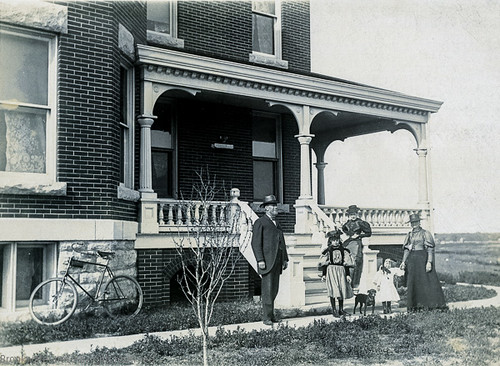
A family portrait in front of the home. From left to right: Pete Christman, Unknown Girl, Susan Cragin Christman, John Harold Cragin, son of John Adna Cragin (brother of Aunt Susie) and Euphemia Graham Cragin.
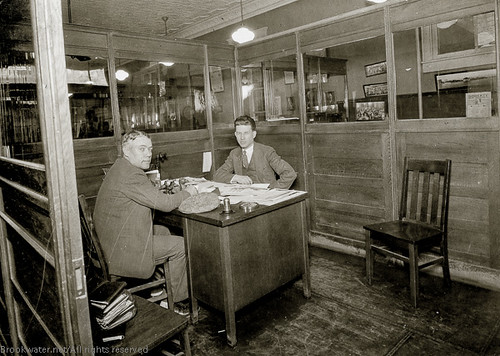
Harold Cragin (right) in his office located in the Empire State Building at 6th and Joplin St., Joplin, MO.
John Harold Cragin married and had three children, but the marriage ended in divorce. One daughter, Betty Jane, married and moved near Sarcoxie. John’s only son, John Marshall Cragin, went away to college and later to a 20 year career in the United States Army. Thus, Cragin and the last of his daughters, Lynn, lived in a home full of mostly unoccupied rooms until the outbreak of World War Two. She found employment as a draftswoman at Camp Crowder and many of the home’s rooms were rented to married servicemen and their wives from the 303rd Signal Battalion. Cragin’s daughter met her husband, a soldier named Prescott, when some of the home’s temporary occupants set her up on a blind date. The two became engaged and Lynn left Joplin for married life in California. The mansion, meanwhile, was put up for sale and purchased for $12,500 by a relatively young Bible college in October, 1944. The Ozark Bible College has called Joplin home ever since.
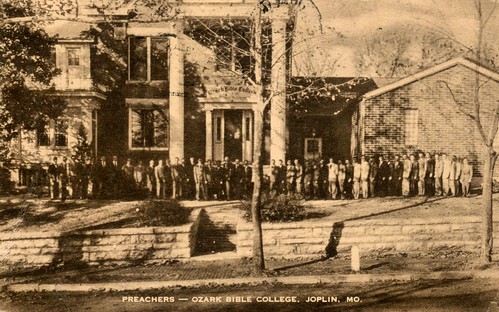
The first non-Cragin inhabitant of the home, the Ozark Bible College.
The church converted the mansion was into its new spiritual home. It served as a girl’s dormitory, housed classrooms, the cafeteria, and administrative offices. The residence was expanded in 1953 to add room for a large chapel, additional classrooms, and a library. A year later, 176 students attended classes at the college at 516 North Wall Street. In the 1960s, the college outgrew its space and moved to its present location and took the new name of Ozark Christian College. A church made the mansion its home after the college departed and since then, the former Cragin residence has played host to numerous religious organizations through the present day. It is now the location of the Neighborhood Life House. For over a century, the Cragin mansion has stood on North Wall Street, once home to one of the prosperous families of Joplin and now a home to the Joplin community, bridging the divide between the city’s past and its present.
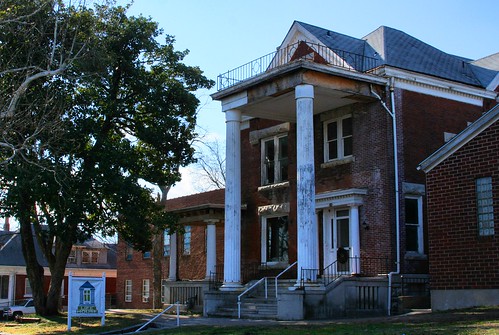
The Cragin Mansion in 2012, home to the Neighborhood Life House.
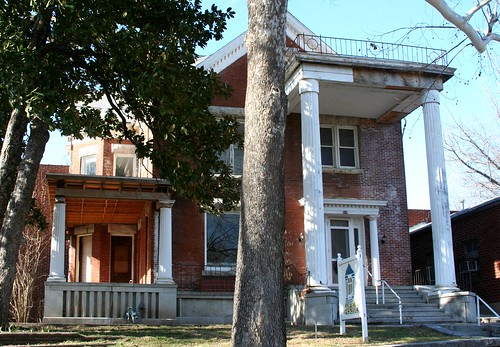
Cragin Mansion in 2012.
Photos and family history courtesy of Cragin descendant, Galyn Prescott Metcalf and John M. Cragin.
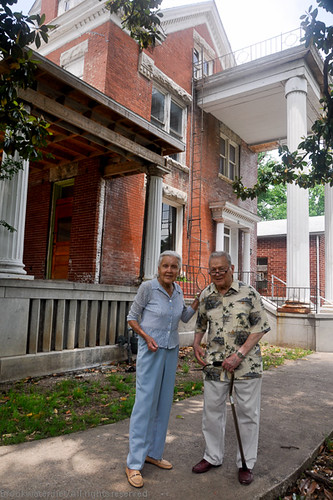
Visiting their childhood home in 2011, Lynn Cragin Prescott and her brother, John Marshall Cragin.

